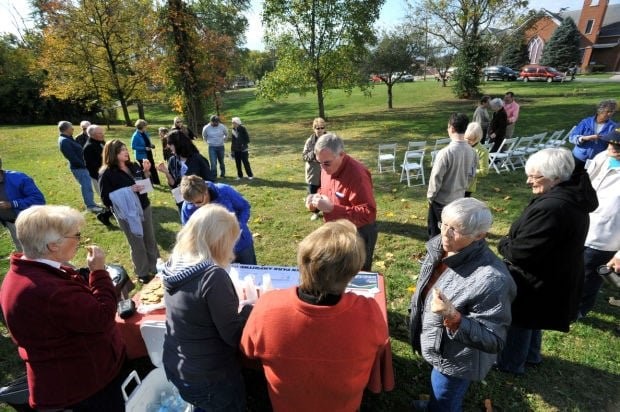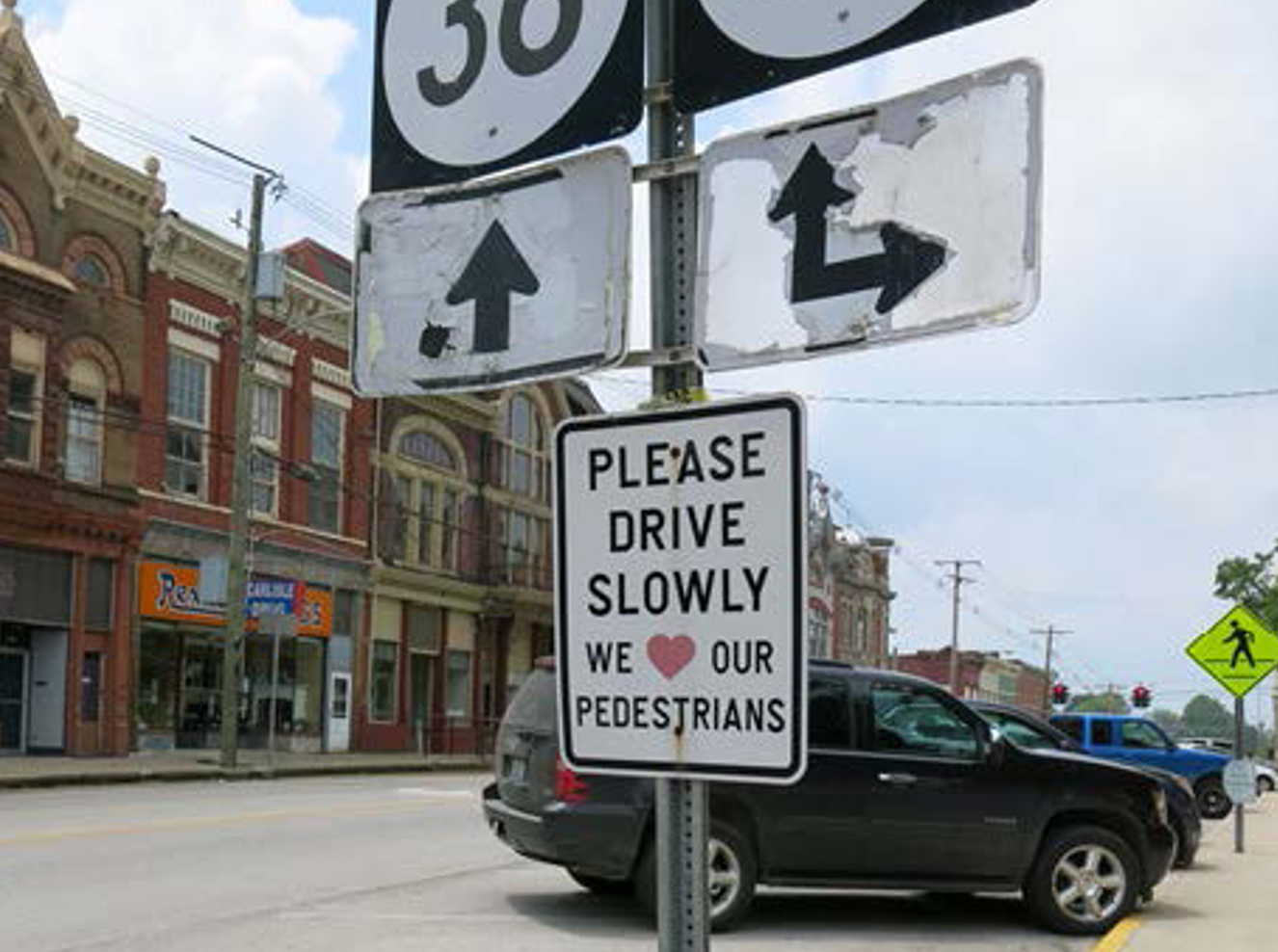Publication | Walkability and Connectivity: Enhancing the Pedestrian Travel Environment for Healthier Communities
Publication | Walkability and Connectivity: Enhancing the Pedestrian Travel Environment for Healthier Communities

WALKABILITY IN THE TWENTY-FIRST CENTURY
Our built environment patterns should be supportive of pedestrian experiences while promoting healthier communities. Since the mid–twentieth century, housing developments have sprawled beyond city limits with convenient and connected infrastructure such as road networks. However, such built environment patterns have influenced personal lifestyles, partly by the lack of appropriate environmental settings for safe and engaging outdoor activities close and connected to where we live and work.
Attention to and interest in planning and design of our built environment has brought about the desire to return to walkable communities for a variety of goals and objectives, including investing in attractive pedestrian-focused environments, engaging in more physical activities, and pursuing healthier lifestyles. Walkability characteristics of a community also have indirect influences on the community’s economic performance, sense of community, and place identity.
The goal for this publication is to focus on guiding the development of a sustainable, walkable, and connected community that is suitable for not only urban environments but also small and/ or rural settings. The aim is to illustrate the benefits of enhanced walkability and detail the methods for initiating community projects to improve health and enhance the pedestrian experience. Tools and phasing as well as trails and streetscapes will be discussed, but this guide focuses less on walkable environments within larger public spaces such as parks or plazas.
WHAT IS WALKABILITY?
Walking is the most economical and healthy way to get around in one’s environment. However, our built environment developed into a form mostly dependent on motorized vehicles and left behind the pedestrian experience. When considering walkability, different disciplines and fields emphasize variables based on their special interests, such as overall health (health field), safety (transportation field), and amenities and use (design and planning fields). For the built environment to be walkable, it must be inclusive, inviting, interesting, and safe so that pedestrians can be engaged and continuously use the physical environment (Figure 1).
WHAT IS CONNECTIVITY?
For people to truly experience and benefit from walking in a walkable environment, starting points and target destinations must be continuously connected so a traveler can safely and comfortably walk or bike to their destination without sharing the way with motor vehicles. Filling in the missing segments or gaps in a network can be an efficient and effective way to enhance walkable environments. Properly designated travel paths and lanes for alternative travel modes, such as bike lanes, sidewalks, or crosswalks are additional considerations for walkable environments. Walkability and connectivity must be addressed simultaneously for pedestrians, bicyclists, and even motorists to experience a sound travel and social experience.
OPPORTUNITIES AND CHALLENGES
Walkability and connectivity projects are beneficial for towns and communities, as they not only support health and wellness goals for individuals and communities as a whole but also the physical environment, economic activity, aesthetics, and social aspects of sustainable communities. Proactive communities have developed and adopted master plans and other action-oriented policies that promote pedestrian and bicycle pathways to increase connectivity within the built environment and enhance pedestrian activities. Several communities have developed and adopted pedestrian/ bike master plans, such as in London and Berea, Kentucky.
One characteristic of walkable communities is that they have up-to-date, well-maintained physical environments that include a quality sidewalk network (Figure 1). Successful sustainable communities continuously or periodically improve or enhance their pedestrian environment to maintain efficiency and safety. Furthermore, connected walkable environments can help strengthen the livability of a community (Table 1).
Table 1. Opportunities and challenges of walkability and connectivity projects
Walkability
Opportunities
- Assess quality of walkable environments: physical, infrastructure, etc.
- Collect data about actual users, non-users
- Address varied range of other related goals (i.e., increase economic activities, safety, etc.)
- Assess ADA compliance in the public realm for traveling
Challenges
- Need to collaborate with various agencies, organizations, groups, etc.
- Projects may be expensive depending on the total scope of the project
- Funding may be limited or take longer to be accrued
Connectivity
Opportunities
- Diagnose missing pathways, segments, gaps in the sidewalk network
- Identify potential project areas to connect
- Assess need for a well-connected network of quality pathways
- Projects may be less expensive than creating a network from scratch
Challenges
- Need to collaborate with various agencies, organizations, and groups
- Difficulty when attempting to connect community areas in conflict
- Some gaps may be difficult to resolve due to ownership, land use policies, etc.
Poor or deteriorated sidewalks, paths that dead-end or connect to nowhere, and lack of safe street design standards create challenges to walkability (Figure 2).
Figure 2. Example of poor (top) and fair (bottom) walkability conditions that could benefit from maintenance and further contextual considerations such as street tree planting and shade

Developing and managing attractive, comfortable, and safe built environments for outdoor activities are not always economical for communities in the shortterm. Public spaces such as parks and plazas may be appropriate destinations for physical activities, but often one must drive to the destination. The ideal environment would be one where people can safely walk or bike to public spaces along safe and comfortable streetscapes. Planning and design solutions can encourage effective and efficient development and maintenance.
WHAT CAN COMMUNITIES DO?
Developing a community's walkability and connectivity will benefit the public by providing healthier user experiences and increased community wellness. Walkability projects typically address, promote, and coordinate events and activities for people to engage in the outdoor environment. Community health goals may be addressed through physical planning and improvements to the built environment. Improved walkability and connectivity can attract a variety of demographics and promote outdoor activities. Increased outdoor physical activity can reduce issues related to obesity and improve health awareness.
Communities must prepare, plan, and implement walkability and connectivity projects to enhance their built environments, whether in the form of walkability assessments, pedestrian/bike plans, or streetscape projects. Such community endeavors should be suitable to the location and scope of the project and may utilize established assessment tools and guidelines that typically recommend minimum standards. A number of tools and software services are available to aid trained volunteers and other decision makers as communities begin projects. (See the reference section of this publication.) Local governments can initiate or integrate into their overall development strategy smart growth goals or policies that include a range of walkability features for local planning and design practices. Each community needs to determine its own goals, objectives, needs, and visions to address and plan for successful walkability and connectivity projects.
CONCLUSION
Improving the walkability and connectivity of the built environment can support and facilitate healthier lifestyles and the wellness of a community. The typical walkable and connected environment, like other features and amenities of a supportive community infrastructure, may be conceptualized and managed to provide safe, convenient, and attractive environments to enhance the pedestrian experience. More people walking in their communities can positively enhance community health and quality of life.
REFERENCES
Centers for Disease Control and Prevention (2015). The Built Environment: An Assessment Tool and Manual. https://www.cdc.gov/nccdphp/dch/builtenvironment-assessment/index.htm
Clifton, K., A. Livi, and D. Rodriguez (2004). Environmental Audits [Pedestrian Environment Data Scan (PEDS) Tool]. http://activelivingresearch.org/pedestrian-environment-data-scanpeds-tool
Smart Growth America and National Complete Streets Coalition (2015). Safer Streets, Stronger Economies: Complete Streets project outcomes from across the country. https://www.smartgrowthamerica.org/app/legacy/documents/safer-streets-strongereconomies.pdf
Speck, J. (2012). Walkable City: How Downtown Can Save America, One Step at a Time. New York, NY: Farrar, Straus and Giroux.
Litman, T.A. (2003). Economic Value of Walkability. Transportation Research Record, 1828, # 03-2731, 3-11. http://vtpi.org/walkability.pdf
Pedestrian and Bicycle Information Center. (n.d.). Walkability Checklist: How Walkable is Your Community? http://www.pedbikeinfo.org/cms/downloads/walkability_checklist.pdf


